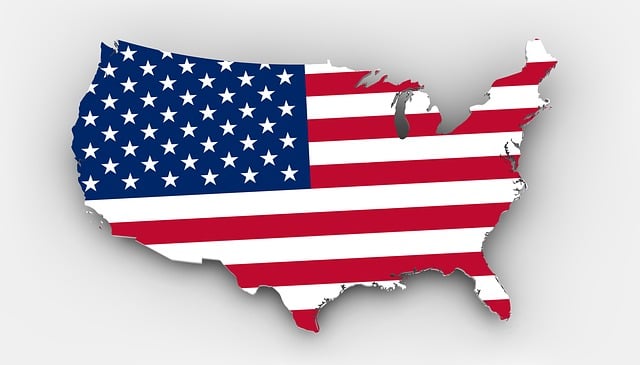explore the allure of historical flag design through the lens of collectors, with a particular focus on the weathered American flag. This article delves into the evolution of this emblematic symbol, showcasing its transformation over time and the significance behind its enduring motifs. From the early days of the Stars and Stripes to contemporary collector’s items, we uncover the key elements and design characteristics that make a weathered American flag an invaluable piece of history. Join us on this journey through the annals of American iconography and the stories encapsulated within each faded stripe and star.
- The Evolution of the Weathered American Flag in Collectibles: A Historical Overview
- Key Elements and Design Characteristics to Look for in a Weathered American Flag Collection
The Evolution of the Weathered American Flag in Collectibles: A Historical Overview

Key Elements and Design Characteristics to Look for in a Weathered American Flag Collection

When curating a collection of weathered American flags, collectors should focus on several key elements and design characteristics that not only authenticate the historical significance of each piece but also contribute to the story it tells. The first aspect to consider is the flag’s materials; genuine cotton or synthetic fibers used in the stars and stripes can vary over different time periods. For example, the Betsy Ross flag, an early emblem of our nation, typically features hand-sewn white stars on a field of deep blue canton, with thirteen alternate red and white horizontal stripes. Over time, these materials can fade or deteriorate, offering insights into the historical context in which the flag was used.
Another critical characteristic is the pattern of wear and tear, which can reveal valuable information about a flag’s history. Signs of aging such as sun bleaching, frayed edges, mended repairs, or even the presence of rust from metal fasteners (like those on flagpoles) can all add to the flag’s authenticity and historical narrative. Collectors should also look for specific design variations like the 48-star, 50-star, and 37-star flags, each representing different periods in American history. These variations not only mark the admission of new states into the Union but also signify the periods during which these weathered flags would have been flown. Authenticity can be further verified by consulting historical records, flag act proclamations, and other relevant documentation that can provide a timeline for when certain flag designs were officially recognized.
